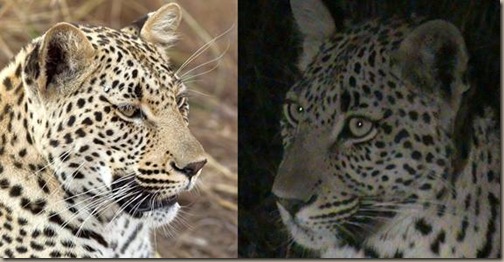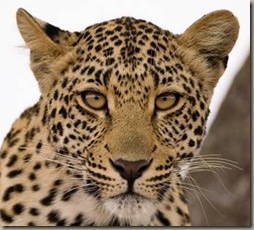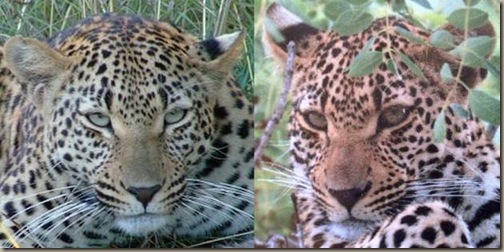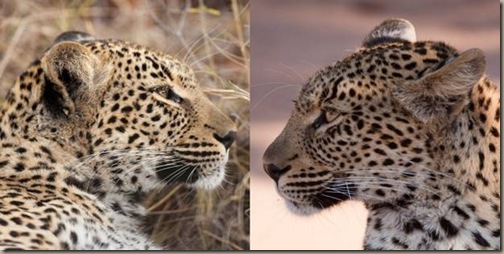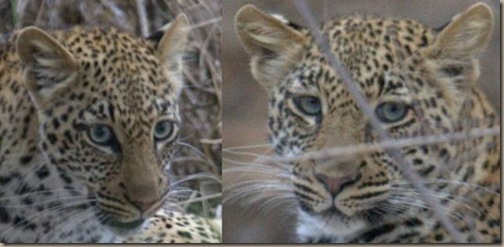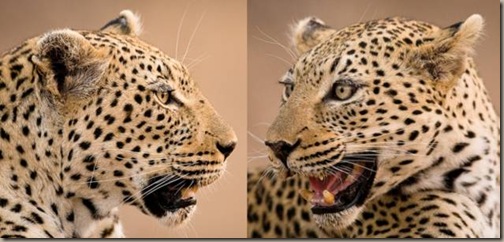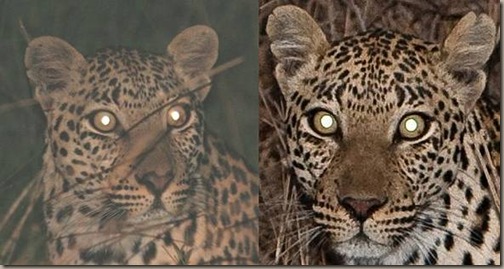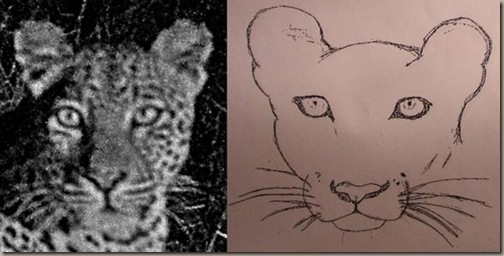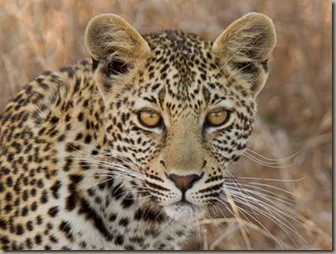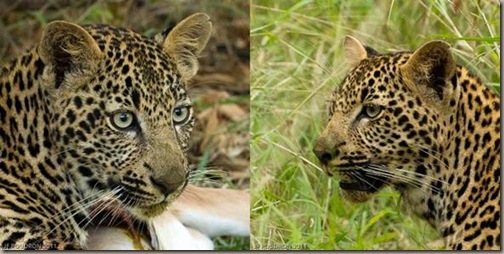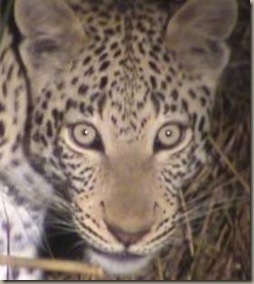April is holiday season over most of the world and we are preparing for a busy month at the lodge, the bush is also busy as the rutting season starts to get into full swing, we are already hearing the throaty roars of the impala rams as they proclaim their territories. Many of the migratory birds started to head back north during March but the ones who remained were rewarded with heavy rains at the end of the month and a new flush of food, these remaining migrants may now wait until later this month before starting their journey.
Rain is still forecast for the first part of April, which means the dams should be full enough to provide water for the dry winter months ahead.
The wildlife sightings over the last few weeks have been amazing (as usual) giving us more insights into the different relationships and interactions that occur in the bush.
The elephant population in the area started to move away as the last few Marula fruits were consumed. The late rains towards the end of the month meant that many of the plant species put out an extra last growth spurt and this resulted in large numbers of elephants returning to the area to feast on all the new shoots and grass that was available. Beautiful sights of large herds (with many small babies) on the open clearings were suddenly being reported all over the traversing area.
The lion population is still doing well with all three of the big Mapogo males reunited again. The males have been spending most of their time with one or more of the Ximunghwe pride, still showing great interest in the females without cubs and mating when the opportunity arose. In-between the courtship the males did spend some time together close to the lodge and their roars were often heard all through the night.
Interestingly there were also roars heard from other lions on occasion, some from the North East, and some from directly East of Idube, on one such occasion the Mapogo heard the calls and proceeded to head in the opposite direction!
By the end of the month, two of the males were sharing a young giraffe kill with the Ximunghwe pride whilst the third was occupied with a lioness – the courting pair was not far from the others but their minds were not on the food at all!
The Ximunghwe pride has continued to do well with the four oldest cubs being seen regularly. The cubs have been accepted by all three of the Mapogo so should continue to do well. The four younger cubs have not been seen since the mother moved the den at the end of last month - this in itself is not a worry, but reports of the lioness thought to be the mother flirting with one of the males and showing little sign of having suckled the cubs, may mean there are some grounds for concern. If we look back at last year some of you may remember that one of the lionesses was thought to have lost her litter of four cubs to hyena, yet a month later three turned up looking very healthy – the same may happen with this new litter too, we can only wait and see what happens.
The giraffe kill mentioned earlier saw the four older cubs joining the pride to feed, often being allowed to feed at the carcass with the big males.
The Ottawa pride was seen on a number of occasions in their preferred range north of the river, they are all looking very strong and healthy.
The leopards of the area have been busy and the arrival of a new relaxed male in the south was a highlight for those that follow the animals closely. The new male was identified as the Bushlodge/Balabas male from the southern Sabi Sands – born in November 2007 to the Warthog Wallow female. We do not expect him to stay in the area for long with all the other male leopard activity, but he is a good size and may be able to establish himself more to the south west of the area – neither Kashane nor Xinzele venture down there that often.
There were some romantic couplings during the month too, Xinzele was again seen with the Dam 3 female (she was sporting quite a nasty gash on her back leg), although the report was that it was the Hippo Dam female, both these females are fairly shy and are often confused with one another.
There was also a report that Mashiabanj was seen far in the north with the blue eyed female (Shangwa’s daughter), nice to know that they are both doing well in that less traversed area up there.
Hlab’nkunzi, who up until recently had been a great mother, sadly managed to lose her second cub to Xinzele recently. Having made a kill at the far reaches of her range, close to the western boundary, she left to fetch the youngster. Xinzele was in the area scent marking and calling, he came across the unattended kill and started to feed. Hlab’nkunzi returned to the area, walking past many of the areas that Xinzele had marked, she arrived at the carcass with the youngster as Xinzele was having a drink a short distance away. Xinzele returned to find mother and youngster on site and proceeded to chase the cub, catching her with a couple of swipes of his paw. The cub managed to evade serious injury and escaped up a tree. Hlab’nkunzi tried her best to distract the male but she was unsuccessful, the cub was killed soon after and the next day Xinzele was found feeding on the carcass. At the age that the youngster was, she probably would have been left alone by the male if he had come across her alone. Unfortunately by being with her mother she was seen as a dependant, sired by a rival male, and was killed to ensure that Hlab’nkunzi comes back into oestrus faster so that Xinzele can sire his own cubs. We all hope that he does so soon and stays dominant for long enough that they grow up.
Metsi and her two sons continue to do well, the two boys are the same size as their mother now, and it is often hard to tell who is who in the long grass!
The Xindlevhana male was also seen – he was having a slight confrontation with Xinzele, nothing came of it and they both went their separate ways. The Kashane male was seen frequently around Idube too.
Other leopards seen included the Xikavi female; the Ravenscourt female, who has new cubs across our eastern boundary, and the Tlangisa female who is thriving in the vacant area left by the death of her mother.
The cheetah sightings were limited to the older male ‘Makumisa’ who was seen regularly in the south, the coalition of three males has moved out of the area and we hope to see them again soon.
The wild dog pack was seen with both females looking heavily pregnant, they were spending a lot of time looking for suitable den sites and hopefully they will settle in one spot soon.
Buffalo were a regular sight; the big herd is currently split in two and are around on a regular basis. The “dagga boy” bull buffalo are also seen all over the area regularly.
Zebra and giraffe are still around in small groups, often on the clearings in front of the lodge.
The next month promises many more great sightings, you can get regular updates on what is happening on our facebook page: http://www.facebook.com/idubelodge and out twitter feed: http://twitter.com/idube_lodge
Until next time,
Best wishes,
Rob The Ranger

